Proximity Mobile Payment Usage: The Future of Retail
The use of proximity mobile payments is rapidly transforming the retail world. Imagine paying instantly with a simple tap of your smartphone or wristwatch, without the need to carry cash or swipe cards. Many consumers now prefer these contactless payments over traditional methods. As a result, retailers are updating their systems to handle proximity mobile payments, integrating them seamlessly into daily life for faster and safer transactions.
Expanding Trend in Mobile Payments
The trend of mobile payments in stores is expanding globally. Retailers are adapting to meet customer demand for faster and cleaner services. More brands are recognizing the long-term potential of mobile payments. Soon, every retailer—from major chains to small boutiques—will allow payments via smartphone. The future of retail lies in the widespread adoption of proximity mobile payments.

Understanding Proximity Mobile Payments
Proximity mobile payment usage involves using digital devices to make contactless in-store payments. By tapping your smartwatch, phone, or smart ring to a point-of-sale (POS) terminal, the device connects and completes the payment using near-field communication (NFC) technology. No internet connection is required during the tap. Most mobile wallets, like Apple Pay and Google Pay, utilize NFC systems.
These payments are quick and convenient, allowing shopping without a wallet. Many find it faster and safer than using cards. During and after the pandemic, the popularity soared due to reduced physical contact. The trend is spreading globally, making proximity mobile payments the new norm for shopping.
The Security Behind Contactless Shopping
A significant reason for the popularity of proximity mobile payments is their enhanced security. Each transaction uses a unique token instead of your card number, ensuring no financial information is shared at checkout. Personal data remains secure even if the system is compromised. Authentication through fingerprints, facial recognition, or PINs adds another layer of security. Unlike card swiping, your device stays in your hand, reducing theft or fraud risks.
Many feel comfortable using contactless payments in busy places. Fast payment notifications help track spending and spot issues early. Trust and safety are key to the contactless experience, encouraging more people to switch to mobile payments.
How Retailers Benefit From Mobile Payments
Retailers experience significant benefits from adopting proximity mobile payment technology. Mobile payments reduce queue times, allowing employees to assist more customers efficiently. Reduced wait times boost customer satisfaction and sales. Businesses save on transaction fees and cash handling. Many stores offer mobile payment options through apps, enhancing customer loyalty and encouraging repeat visits.
Retailers also maintain accurate inventory and sales records as each transaction updates their database in real-time. This efficiency lets employees focus on customer service. Even small stores can deliver quick service thanks to mobile payments. Retailers offering contactless options are seen as technologically advanced and convenient.
User Experience in a Mobile-Pay World
Today’s shoppers seek convenience, and proximity mobile payments deliver. With a simple tap, there’s no need to search for cards or count cash. Payment apps are user-friendly, tracking purchases, rewards, and balances. You can even pay or split bills on the go. Mobile payments work for everyone, whether shopping in malls, cafés, or markets.
There’s no need to touch shared surfaces, and digital receipts eliminate paper waste. The system adapts to modern lifestyles. Consumers expect technology to save time, making contactless shopping a must-have. It offers control and confidence, meeting new consumer demands.

Challenges and Limitations of Mobile Payments
Despite its growth, proximity mobile payment usage faces challenges. Not all POS terminals and devices are compatible. Smaller stores might delay upgrading due to high costs. Issues like battery life, technical glitches, and internet connectivity in rural areas persist. Some remain concerned about security, though typically unfounded. Older or less tech-savvy individuals may hesitate to switch. As fraud evolves, keeping apps updated is crucial. Data privacy remains a concern, with some preferring not to share personal spending habits. Transparent data usage by stores is essential.
Conclusion
The use of proximity mobile payments is becoming the norm, offering speed, safety, and convenience. Consumers appreciate contactless shopping, while businesses value the efficiency it brings. The trend shows no signs of slowing, with more businesses and consumers adopting mobile payment technology daily. Mobile payments are the fastest and easiest way to pay, soon available at every corner store and major mall. Adopting proximity mobile payments today positions retailers at the forefront of the retail future.
On this page
Related Articles

Discover the Top 10 Fastest Web Browsers to Use in 2025

Top 5 Scheduling Software for the Healthcare Industry You Need to Know

How to Change Your Zoom Profile Picture on Desktop and Mobile
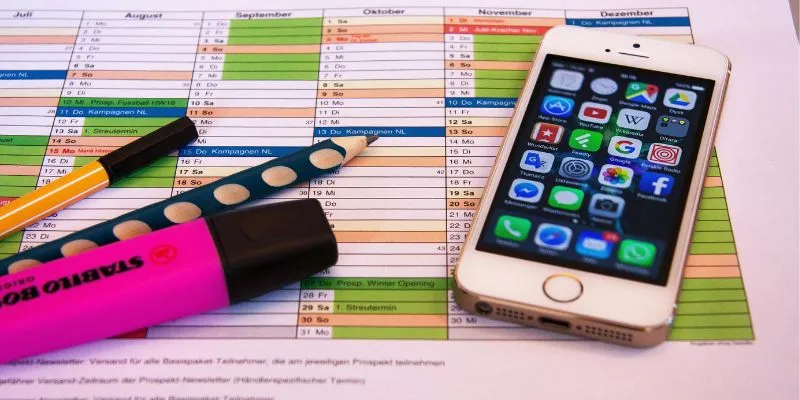
Best Apps for iPhone: 6 To-Do List Picks in 2025
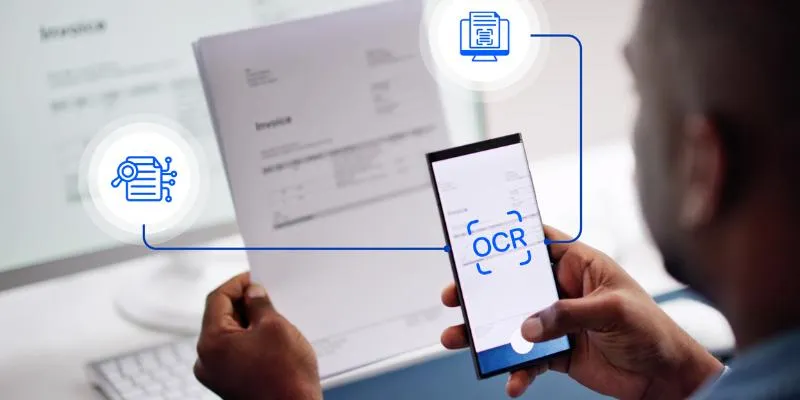
Top 5 Mobile Scanning and OCR Software to Use in 2025
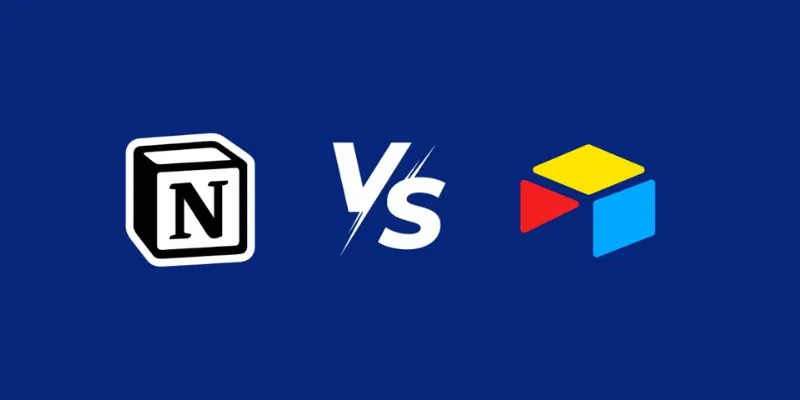
Airtable vs. Notion: Which App Should You Choose for Your Workflow

What is Marketing Resource Management (MRM): A Comprehensive Guide

How to Create Web Apps Using Claude Artifacts: A Full Beginner-Friendly Guide

Best CRM Software for the Education Industry: A Complete Guide

Invoice Automation Explained: A Game-Changer for Accounts Payable Teams

How to Limit Heartbeat API in WordPress: Beginner-Friendly Methods

Git 2.49 Released: Faster Packing, Better Clones, and Rust Support
Popular Articles

Tools in the Cloud: The Future of Work Made Simple

Wix vs. Squarespace: A Comprehensive Comparison to Find the Best Website Builder

Top Dictation Software to Try in 2025 for Seamless Speech-to-Text Conversion

How to Add a Featured Content Slider in WordPress Easily: A Guide

Simple Steps to Show Estimated Reading Time in WordPress Posts

Unlock Efficiency: 7 Hidden Calendly Settings to Streamline Your Schedule
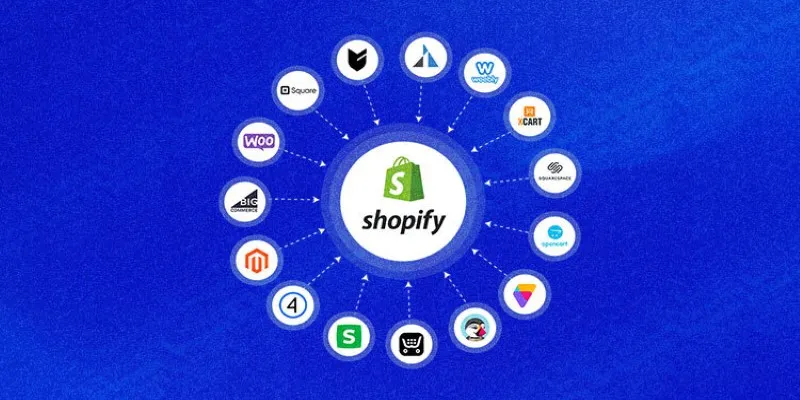
Explore the Best Shopify Alternatives in 2025 for Building Your Perfect Online Store

Best macOS Auto Clickers for Fast Task Execution
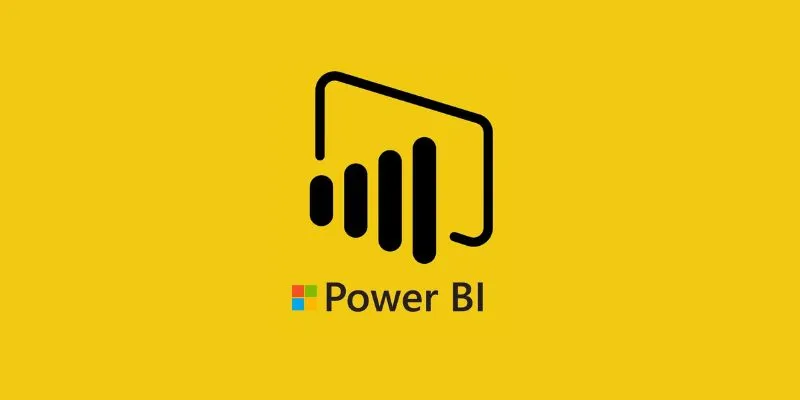
Affordable BI Solutions: The 6 Top-Rated Business Intelligence Software You Need

Best Practices for Converting AVI Files to JPG Format

Discover Pinnacle Studio: The Ultimate Video Editor for Windows Users

 mww2
mww2